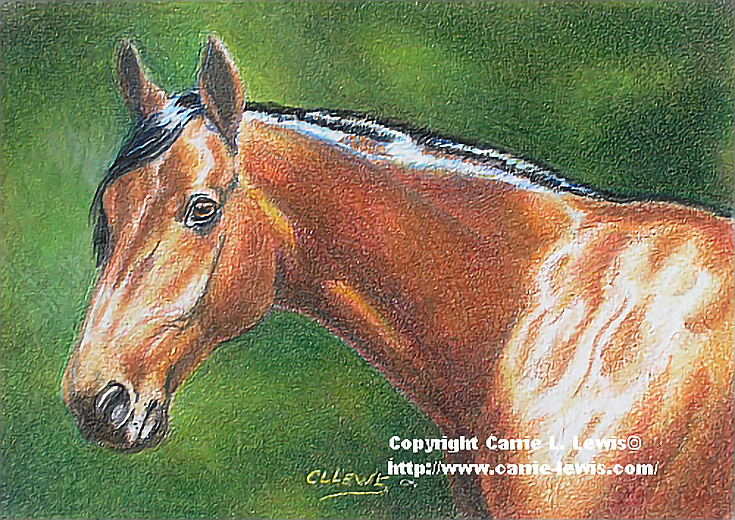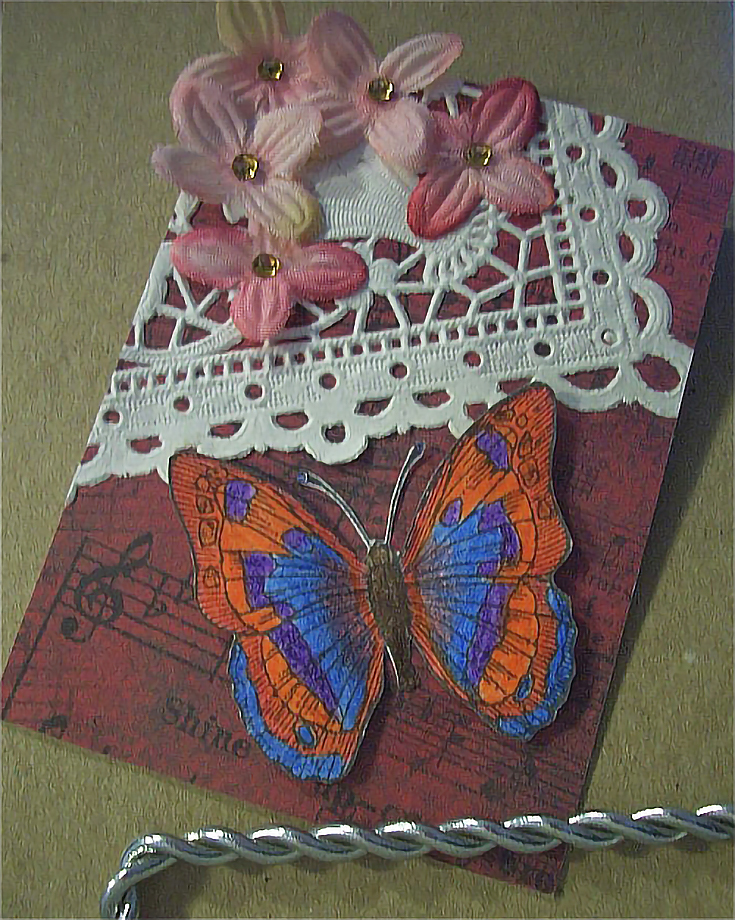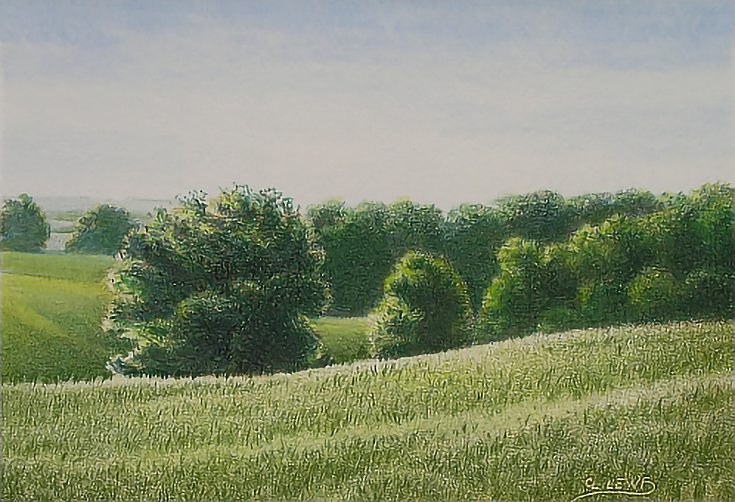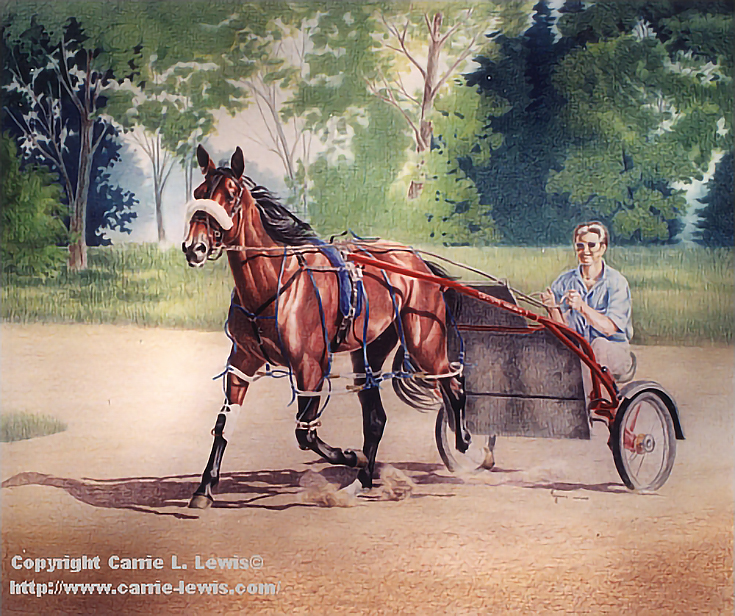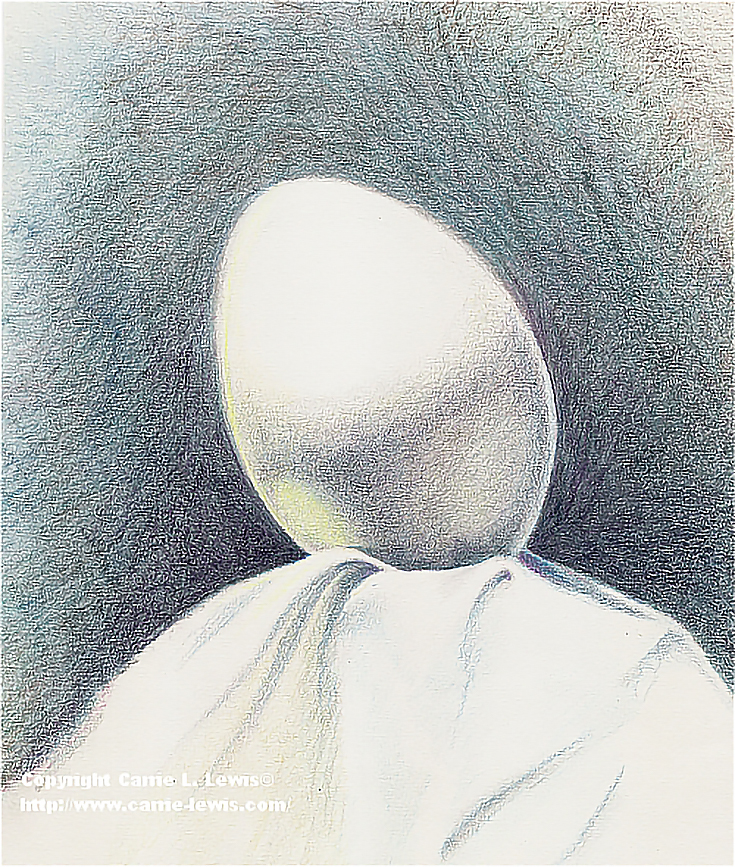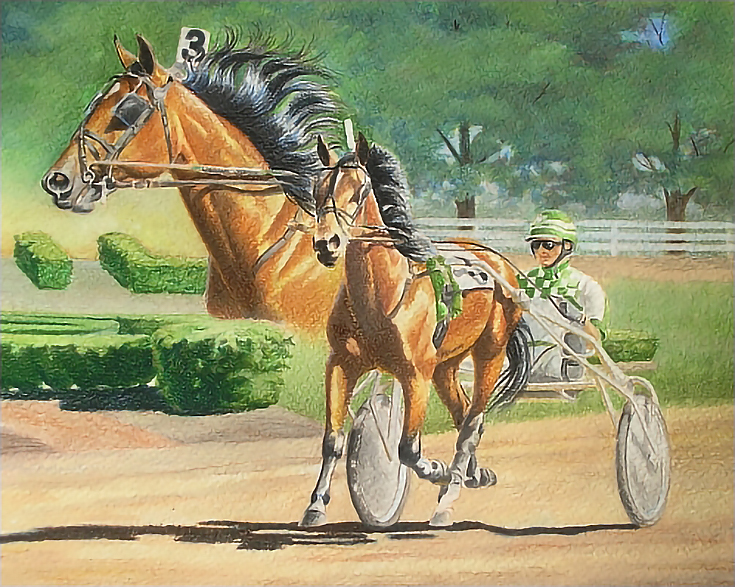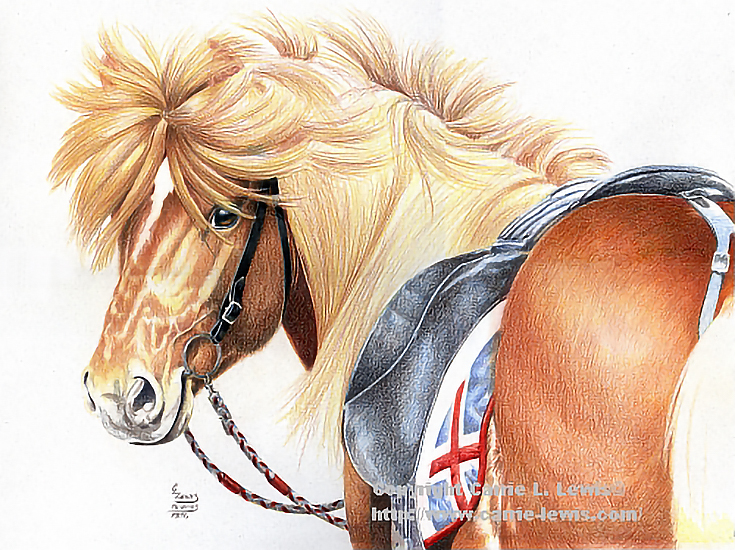Today’s article is a follow-up to one that I wrote in September 2012, which listed various techniques and terms used by colored pencil artists.
This time, I want to go a little broader, and define a few basic art types and categories that you may have heard of and wondered about.
Naturally, the most basic way to categorize artwork is by size. The size of a finished drawing may make it eligible for some exhibitions and competitions and eliminate it completely from others.
Let’s take a look at a few of the more common sizes.
Miniature
Miniature art was popularized decades ago by the wealthy and royalty who purchased miniature portraits of loved ones for lockets and other personal items. They were then what wallet-sized photos are today. Although photography has made miniature portraits nearly obsolete, the art form is still popular.
In the US, the maximum size for miniature flat artwork is 24 square inches. The maximum size flat work by international standards is 16 square inches. There is no minimum size requirement—many artists have created original, three-dimensional works that are small enough to display on the head of a pin!
Organizations and exhibits dedicated to miniature artwork are available around the world. Colored pencils (my own medium) are well-suited to miniature art creation, and many colored pencil groups include miniature art in their annual exhibits.
Markets for miniature art include doll house aficionados and model railroaders, who often purchase original art painted to scale for their doll houses and buildings.
ACEO/ATC
ACEO stands for “Art Cards, Editions, and Originals.” ATC stands for “Art Trading Cards.”
ACEOs and ATCs are a subgroup of miniature artwork and must be 2-1/2 by 3-1/2 inches in size (the same size as baseball trading cards and other forms of trading cards).
Though the terms are often used interchangeably, they are created for different purposes. ACEOs are generally made for sale as finished originals or custom portraits. ATCs (art trading cards) are designed to be swapped and traded. Trading groups and swap lists are quite popular and often include multi-media art forms and themed artwork.
Either form can be original work or reproductions and you can use any style and medium. Works in all subjects and styles are possible.
Below is a sample of an ACEO portrait in colored pencil.
Art Trading Cards cover a wide range of creative methods including stamping, collage, and re-purposing of materials. They are often more craft-oriented than a fine art ACEO. Trading card groups and swaps are popular among many crafters and stampers.
The ATC below is a combination of collage and colored pencil work. The butterfly was stamped, then cut out and colored with water soluble colored pencils before being mounted to the ATC.
ATC collage courtesy of Melody Strahan
Small Format
Any flat work ranging in size from 8” by 10” to 11” by 14″. All mediums, styles, and subject matter can be small format work. Many of the works illustrating my EmptyEasel articles are small format work. They are great for creating completed drawings in a short amount of time, but large enough to allow for a high level of detail or expansive landscapes.
Small format works are often included in exhibits featuring miniature work. Like miniature drawings, they’re ideal for group display or as series work. They can also be framed together in combination with miniature work.
Standard
This is a catchall term for any size for which supports (paper, canvas, board, etc.) manufactured in bulk and that doesn’t fit into any other size category. Standard sizes for painting and drawing materials are matched by standard sizes for pre-cut mats and frames.
When it comes to colored pencil work, the artist is limited only by the size of support available. The largest colored pencil pieces I’ve completed are 20×24, such as the portrait shown here, which was drawn on mat board. With the advent of high-quality art paper rolls, much larger colored pencil works are now possible.
Of course, another common way to define artwork is by subject. These definitions apply to all artwork across the board, and are even more familiar.
Cityscape
A painting or drawing that depicts scenes of city life or an urban area. Cityscapes most often include street scenes or architectural subjects. Whatever the subject, it is depicted in its “natural environment. Another way to think of it is as a landscape in which the landscape elements are replaced by the elements of a city.
Landscape
A painting or drawing that depicts an expanse of nature. A landscape painting or drawing can include buildings and other constructed elements, but those elements play a secondary role to the subject of the artwork, which is the landscape itself.
Waterscape (also Seascape or Oceanscape)
A landscape style painting or drawing that focuses on large expanses of water (as opposed to other landscape features). The water is the subject, with the rest of the landscape playing a supporting role.
Still Life
Artwork featuring inanimate objects such as cups and saucers, tools, gadgets, and newspapers or books. Still life art may also include plants, flowers, and other natural elements such as the egg shown here.
Classical still life drawings and paintings featured the objects of the day and often included wild game and food items. The modern equivalents include favorite foods, modern technology, and other items from everyday life. The subject matter makes them a snapshot of life on a very personal level.
Portrait
An artwork featuring a human or animal subject. Human subjects, pets, and even livestock have been featured in portrait work. If you enjoy drawing buildings, there may be a portrait in your future, too, as some clients have been known to commission portraits of their homes or other locations.
The subject may be depicted in a setting (above) or as a vignette (below).
As you can see from today’s examples, I love creating equine artwork in colored pencils. Even so, I still manage to work in many different formats and subjects, and I’ve found colored pencils to be an excellent tool for creating large OR small drawings.
If you’re ever feeling bored or uninspired, try one of the sizes or subjects listed above, and stretch yourself in a new direction. You might be surprised at what you can create!
This post may contain affiliate links.
